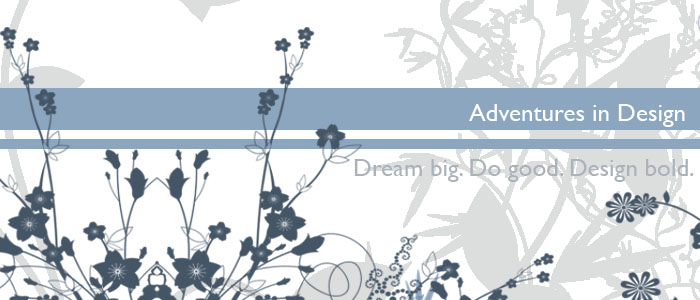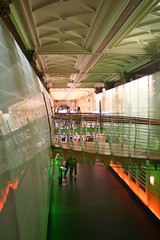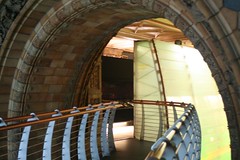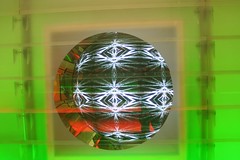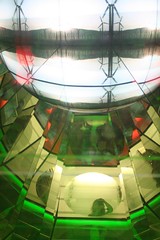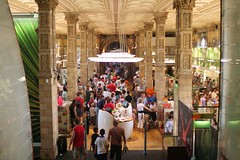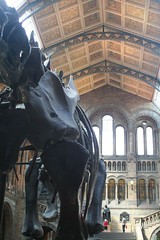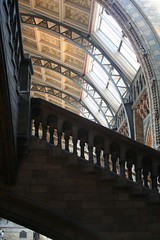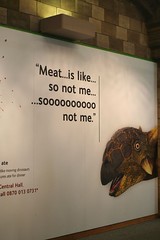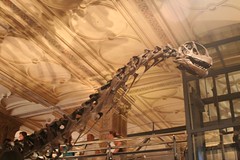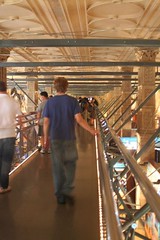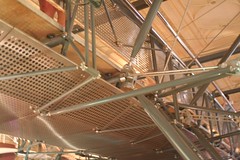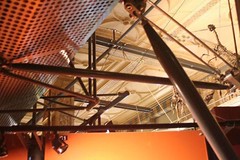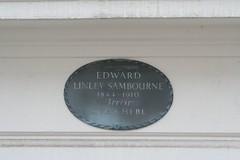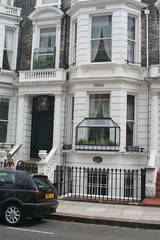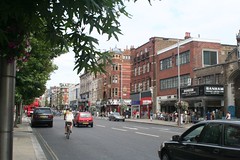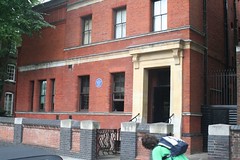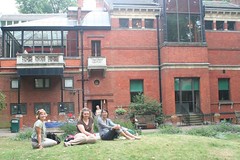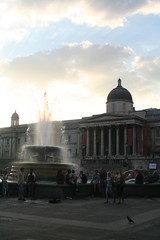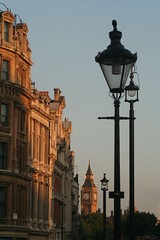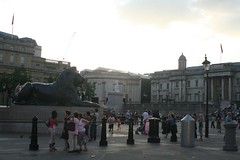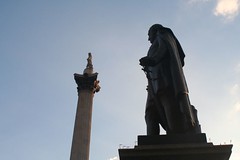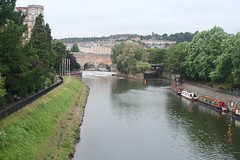
For centuries Bath has been a resort town, a place to get away from crowded cities and relax. I can see why. There is something in the air here. It’s impossible to be in Bath and not feel relaxed. The green hills, the charming town, the Avon river meandering through the center of town all create a tranquil atmosphere. It also helps that the heat wave has finally broken and it rained this morning. One of the things I’ve been looking forward to most in England is the rain and this is the first day I’ve experienced a real rain. And the rain was a beautiful, convenient rain. It fell only when I wanted it to and kept the temperature perfectly mild. Bath is a place I want to come back to. It’s the perfect spot to stay in a bed and breakfast and explore the countryside from.
Bath, now a World Heritage City, received it’s name from the Roman baths that have been preserved in the center of town. As far as Roman ruins go Bath in unremarkable. What is remarkable is that they exist at all after two thousand years of use. The most exciting thing about the ruins is that the ancient temple here, which included the rare tholos, was dedicated to Sulis Minerva. This is a fascinating blend of the worship of a the local goddess of thermal water - the source of prophecy from the Otherworld,and the Roman goddess of wisdom, known to the Greeks as Athena. Minerva was one of the most beloved of the ancient deity and it is significant that the Romans allowed her worship to blend with that of a Celtic goddess. This adaptability was part of the reason the Romans were so successful in expanding their empire. They allowed the peoples they conquered to retain their religion and traditions, and in the case of Sulis, assimilated them into their own culture.
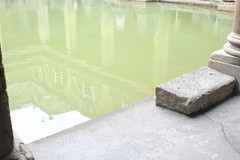
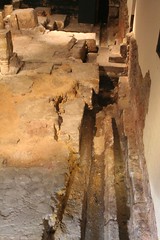
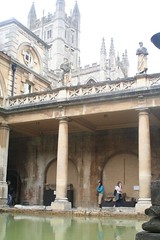
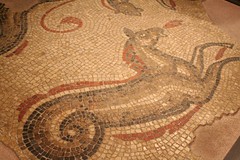
The site of the baths remained in use long after the Romans lost their empire. The town of Bath grew around it, and Bath Abbey was built nearby. Dating from the 16th century, the abbey features exquisite fan vaulting. The vaulting was designed by Robert and William Vertue who are responsible for King’s College Chapel.
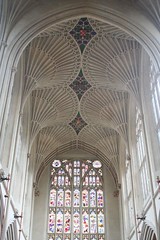
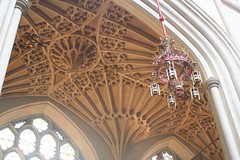
As an interesting design feature the altars in the abbey are covered by stunning contemporary fabric art.
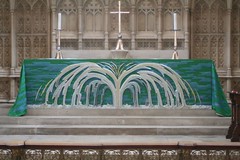
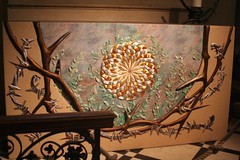
Unfortunately the abbey suffered vandalism recently and some of the stained glass windows have been broken.
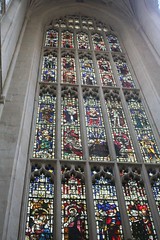
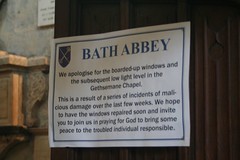
The Costume Museum has a comprehensive collection of historical fashion. It’s interesting to see the way the fashionable English men and women dressed as a counter to the way they decorated their interiors. Contemporary fashion is also featured and visitors are invited to leave their own designs.
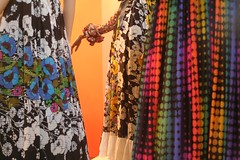
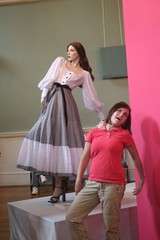
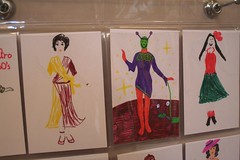
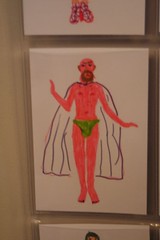
Bath underwent a cultural renaissance in the 18th century when it became a favorite destination of artists and writers. Jane Austin is one of the most notable, and despite the fact that she only lived here for five years and was glad to leave, the Jane Austin Center is open to celebrate her life. Don’t bother visiting though. The gift shop and simple presentation on her life aren’t worth the price of admission.
Much of the architecture in Bath is Georgian and can be seen as you walk through the streets. The townhouses that make up the Circus and the Royal Crescent are particularly charming.
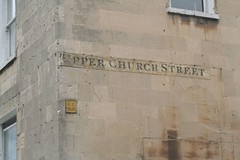
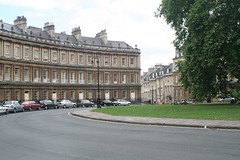
The Circus

Royal Crescent
Several of us had dinner at Sally Lunn’s House, a restaurant famous for their buns. The building dates from 1482 and Sally’s has been open since 1680. For me it was more exciting to know that Doctor Who had been here!
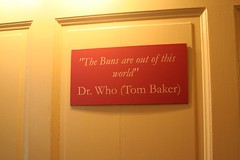
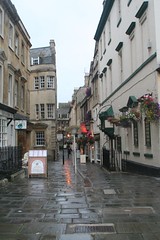
One more bit of Bath trivia: this is where the band Tears for Fears hails from.
